Despite being absolutely terrible at them, I thoroughly enjoy RTS games. I played the life out of Lord of the Rings: Battle for Middle Earth 2, training up hit squads of Dúnedain rangers and hiding them in forests above canyons, waiting patiently as my unwitting enemies stumbled to their doom. The key caveat here is I played the game on easy mode. I was only a child, but I haven’t gotten any better as I’ve grown up. I’d come to terms with being a shit commander, but Total War: Pharaoh makes me want to become a great one.
Maybe it’s just because I’m Egyptian and want to do my people proud, but Pharaoh makes me determined to understand Total War and its intricacies. The ancient Egyptian setting is very appealing, and a lot of care and effort has been put into every detail of the look and feel of the period. It’s the late bronze age, the end of the New Kingdom period, around 1,200 BCE, and all the commanders are vying for the title of Pharaoh. Different branches of the family and foreign conquerors all duke it out for the crown. During the preview event ahead of Pharaoh’s October 2023 release, I only had a day to play through three battles, but I learned a lot about myself. First and foremost, if you’ve got the numbers, going full Leeroy Jenkins works. No need to overthink a skirmish when you can just slam your troops into the enemy’s and slug it out until you come out on top.
Each unit in a squad has fully fledged fighting animations, which meant zooming in as the sandstorm raged, and bronze clashed on bronze was an epic spectacle worthy of a classic sand and sandals movie. The hulking pyramids of Giza looming large on the horizon added a tremendous sense of scale to the fighting, and the ability to slow time to a crawl allowed me to really indulge myself in the spectacle.
I maybe spent a little too long gawking as I sent my men headfirst into the fray. This isn’t what a good leader would do, and Pharaoh was sure to let me know it. I won, but barely. My troops sustained such heavy losses it could “barely be considered a victory.” Ouch.
With my ego sufficiently bruised, I retried, this time using the terrain to my advantage. The enemy charged once the sandstorm began—that’s a thing now in Total War, weather dynamically changing during a battle—which lowered the effectiveness of their sling units. I hid my Medjay Swordsmen in the trees to further reduce the missiles’ ability to harm me and absolutely slaughtered them. I sent my conscripts into the fray as cannon fodder while my more experienced units battered the enemy’s flanks. A much more decisive victory.
While it was great fun using the sandstorm and trees to my advantage, I don’t think placing my archers on the crest of a sand dune did anything—or if it did, the effect was so miniscule I didn’t even notice. It’s not asking too much for an elevated position to be taken into account during this type of RTS, but it didn’t dampen my enjoyment too much, unlike the next battle.#
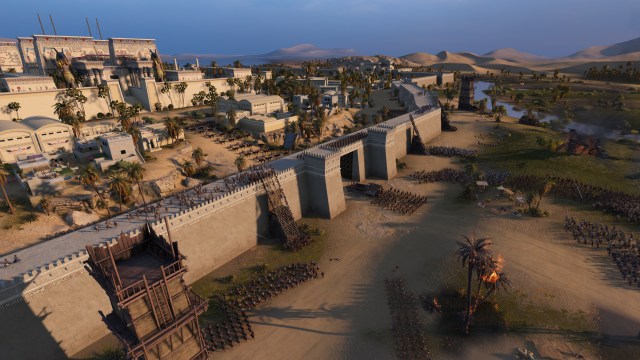
Fight two took place during a thunderstorm. To my left, sand. To my right, thick mud and trees. The weight of your units affects what kind of terrain they’re effective in now, so armor and chariots bolstered the left flank while my lighter fighters got down and dirty on the right. The storm lowered everyone’s morale and made missiles less effective, but you wouldn’t know it given the battering I took.
No matter how hard I tried, I just couldn’t keep my troops in formation. I wanted to stay tight so that my Commander’s morale boost would help all my soldiers, but the enemy slings were whittling us down from afar. My own units didn’t have the range, and as soon as I sent a couple of squads to clean them up, their morale and numbers went down so quickly they’d flee. I tried using fire arrows to scare the opponent, but they must have scared my own troops instead.
This was only a combat preview, so I don’t know if there will be something in the full game that allows me to stop this dramatic morale loss—maybe some war drummers, or how about some umbrellas? It didn’t help that I found it quite hard to distinguish my troops from the enemy’s in the darkness and with all the mud around, but maybe that’s an intended effect of that weather and landscape and not just poor readability.
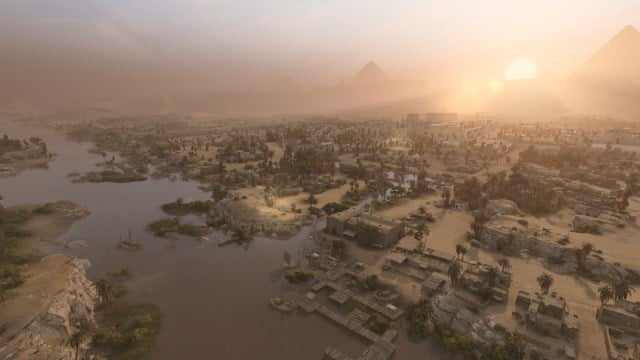
I got close to a stalemate at one point. A handy bar at the top of the screen behaves like a tug of war, showing me who was winning. I’d started off on the back foot and managed to equalize our numbers for a time, but I just couldn’t deal with their slings, so they slowly pummeled my men from afar until I conceded defeat. I won the melee skirmish though, and seeing the men getting bogged down and scrapping in the mud was another visual delight.
The final battle was the siege of Mennefer, also know as Memphis. It’s a huge battle that quite literally spans the entire city. Hordes of raiders equipped with siege towers and battering rams advanced on the walls from all angles. It felt like the battle for Minas Tirith in Return of the King. The entire time I remember thinking how helpful a minimap would have been, and how odd it was there wasn’t one, but upon watching some of the B-roll footage long after my time with the game was up, I can see there was, in fact, a perfectly usable minimap. Like I said, I am a crap commander.
This was meant to be the hardest match of the preview, and the odds did appear to be stacked against me. The enemy troops far outnumbered my own, and they were approaching on three sides simultaneously. Sieges are heavily weighted in favor of the defender though—both in real-life and Pharaoh—but the favor lent a little too heavily on my side. I won pretty easily, first try, and I know I didn’t improve that much since my disastrous thunderstorm fight.
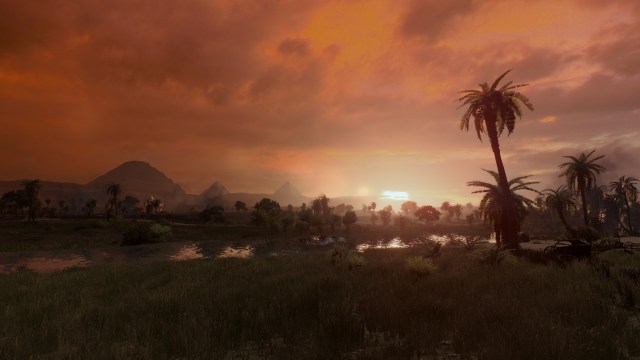
There are various capture points around the city that give boons to whichever side controls them. By default, this is the defender, and the attacker has to breach the walls to take them. Archers embedded in indestructible towers on the walls helped to thin the advancing hordes, and to give myself some credit, I spread my javelin and bow units well at three key points, so only one capture point ever fell out of my control, and only briefly.
Still, that tension I felt when checking on a fight at another wall only to see a shattered gate or my troops being beaten off the ramparts was thrilling, and I’m glad I managed to save the city—more through its predetermined defenses than my own strategy. The scorching heat made fires spread easily, and the enemy archers made sure to target civilian houses to spread fire and terror throughout my ranks.
That brings me to my final gripe: I don’t understand how AI enemy unit can fire on my own troops behind a wall. A random volley, sure, but actively targeting a specific squad without a direct sightline ruined some of the immersion for me. I know I’d hate it if I were the one laying siege and couldn’t see into the walls though, so I suppose it’s fair that Pharaoh keeps the same rules for both sides.
Total War: Pharaoh showed me just how unprepared I was to fight for the crown, but it also made me excited to learn the lessons necessary to earn it. Some of you may die, but that’s a sacrifice I’m willing to make.


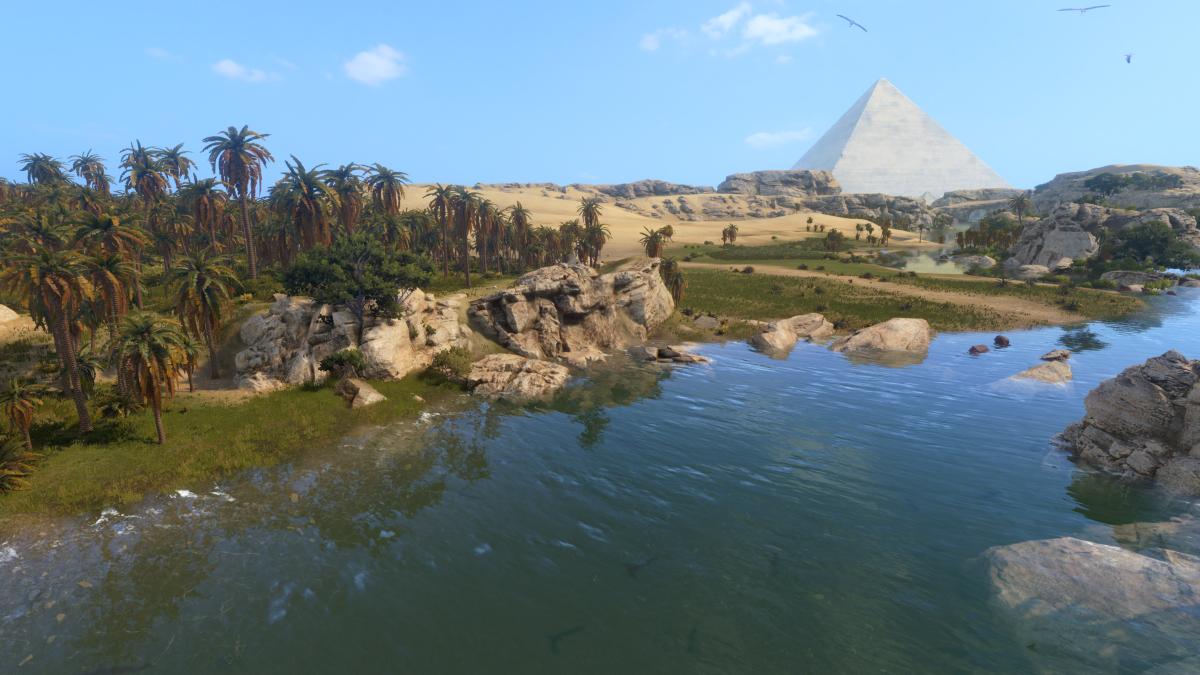

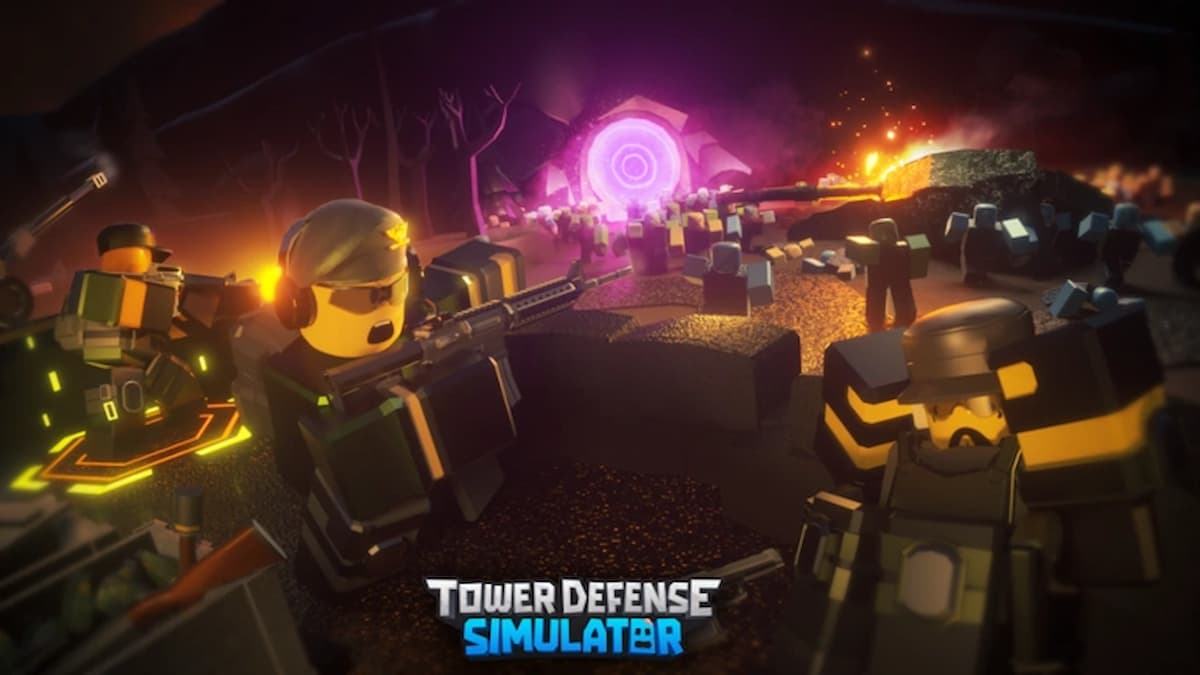

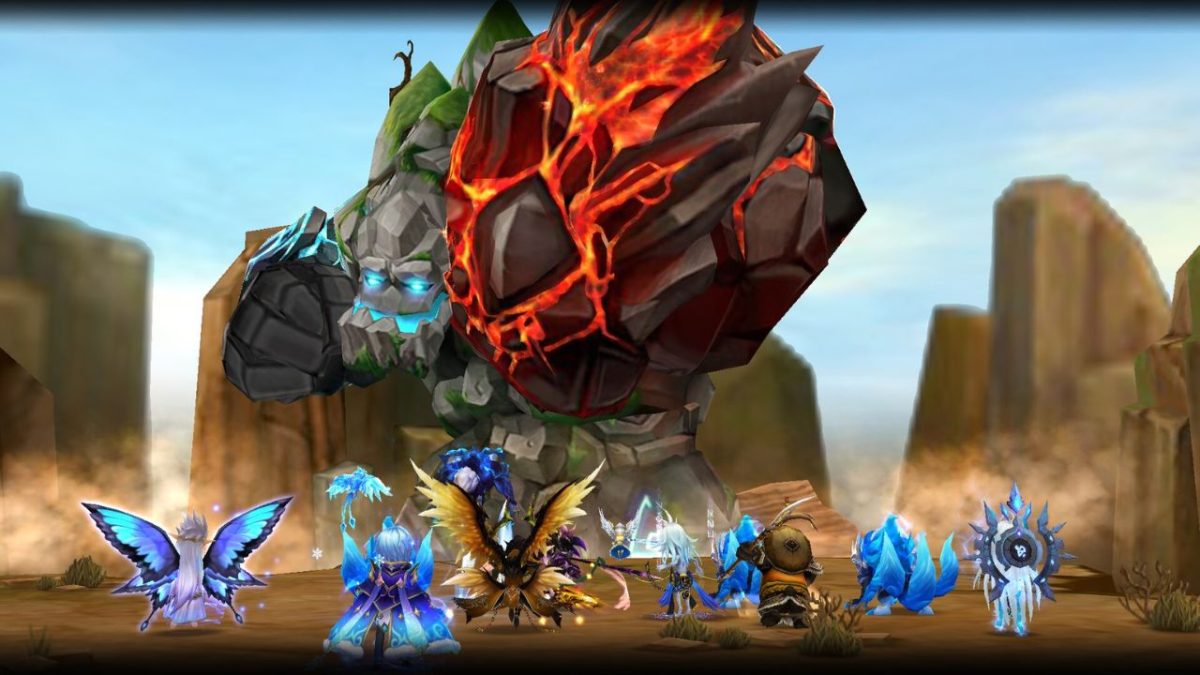


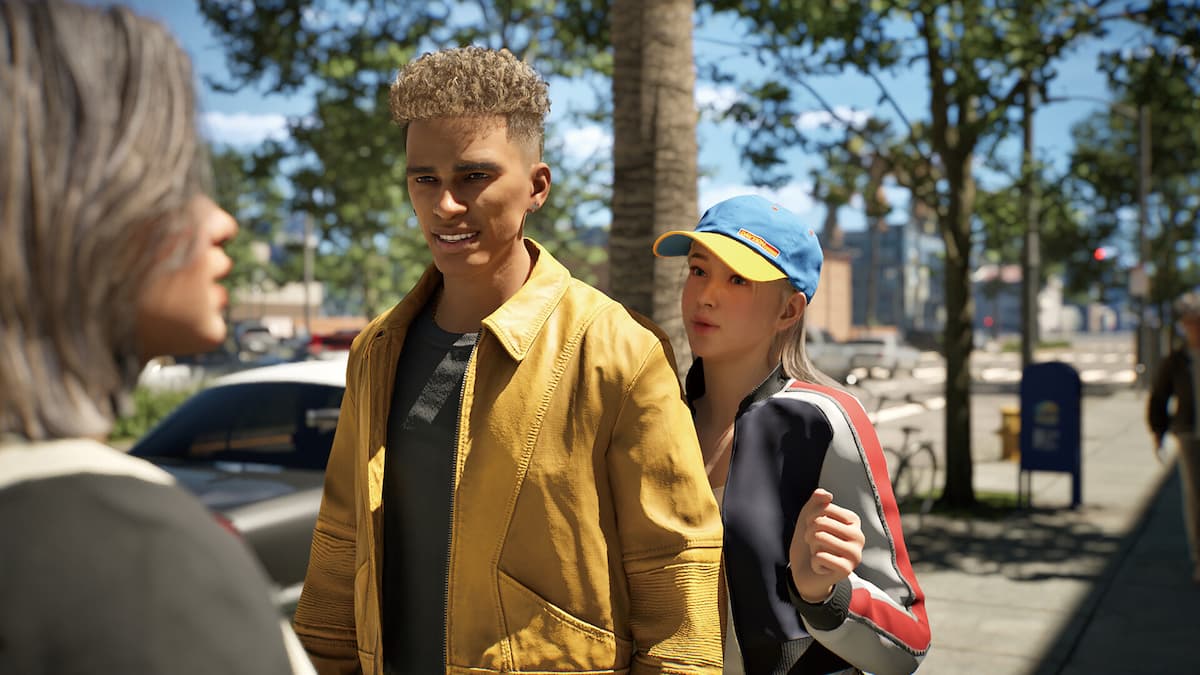
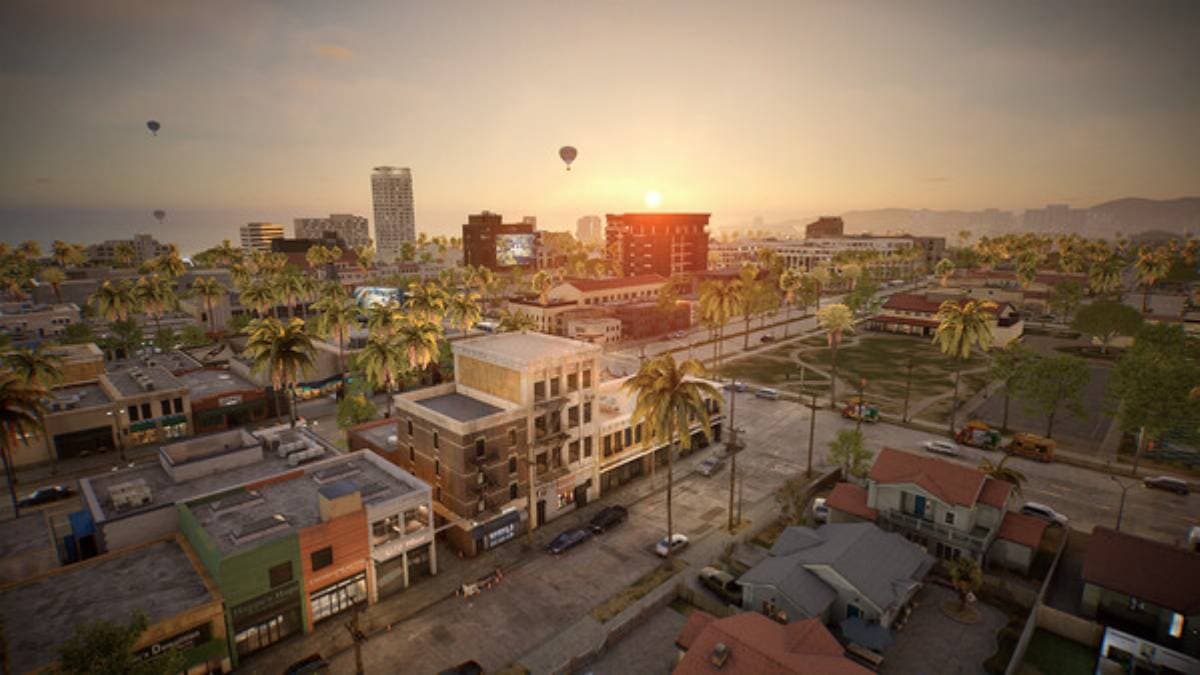


Published: Jun 1, 2023 08:00 am